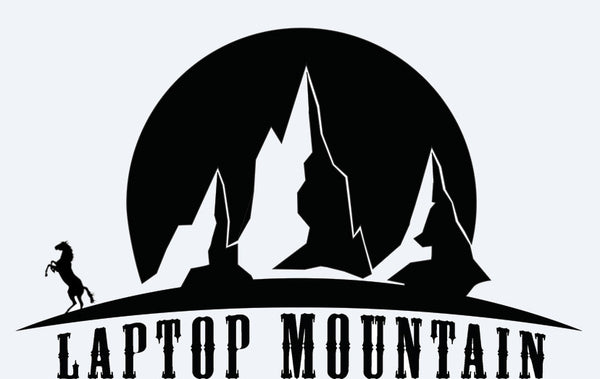Transitioning from the familiar territory of Windows to the world of Linux might seem like a daunting task, but fear not! In this article, we'll guide you through the process of making a smooth and successful switch. Discover the benefits of Linux, learn about essential tools and software, and gain valuable tips to ease your journey into the open-source ecosystem.
1. Understanding Linux:
Linux is an open-source operating system renowned for its stability, security, and flexibility. Unlike Windows, which is a proprietary operating system developed by Microsoft, Linux comes in various distributions (distros), such as Ubuntu, Fedora, and Debian. Each distro offers a unique user experience, catering to different preferences and skill levels.
2. Choosing the Right Distro:
Selecting the ideal Linux distro is crucial for a seamless transition. If you're new to Linux, user-friendly distributions like Ubuntu or Linux Mint are excellent starting points. They provide intuitive interfaces and extensive community support to help you adapt quickly.
3. Compatibility Check:
Before diving into the Linux world, ensure that your hardware is compatible with the chosen distro. Most modern hardware works well with Linux, but it's essential to verify compatibility, especially for specialized peripherals like printers and graphics cards.
4. Backing Up Your Data:
To avoid potential data loss during the transition, create backups of your important files and documents. Save them to an external drive or a cloud storage service to ensure they are safe throughout the installation process.
5. Test with Live USB:
Most Linux distros offer a "live" option, allowing you to boot and run the operating system from a USB drive without installing it. This feature enables you to explore Linux and evaluate its compatibility with your hardware before committing to the installation.
6. Dual Boot or Virtual Machine:
If you're hesitant about completely leaving Windows behind, consider setting up a dual-boot system or using a virtual machine. Dual booting allows you to choose between Windows and Linux at startup, while a virtual machine allows you to run Linux within your existing Windows environment.
7. Learning the Basics:
While Linux shares some similarities with Windows, there are fundamental differences in file management, software installation, and system settings. Invest some time in learning basic Linux commands and understanding the package management system, which makes installing and updating software a breeze.
8. Embrace Open-Source Software:
One of the highlights of Linux is its vast collection of open-source software. Explore alternatives to your favorite Windows applications, such as LibreOffice for productivity, GIMP for image editing, and VLC for media playback. Embracing open-source software not only saves costs but also supports the thriving Linux community.
9. Seeking Community Support:
Linux boasts a vibrant and supportive community eager to help newcomers. Online forums, subreddits, and official community websites are excellent resources for troubleshooting issues, seeking advice, and connecting with like-minded individuals.
10. Embracing the Freedom:
As you immerse yourself in the Linux environment, embrace the freedom it offers. Customize your desktop, experiment with different themes, and tailor your system to suit your workflow. With Linux, you have the power to make your computing experience truly yours.
Transitioning from Windows to Linux is an exciting journey filled with new opportunities and experiences. By selecting the right distro, backing up your data, learning the basics, and seeking community support, you can make a successful and seamless transition. Embrace the world of open-source software, and you'll discover a realm of possibilities and a community of passionate individuals who share the joy of open technology. Happy Linux exploring!
